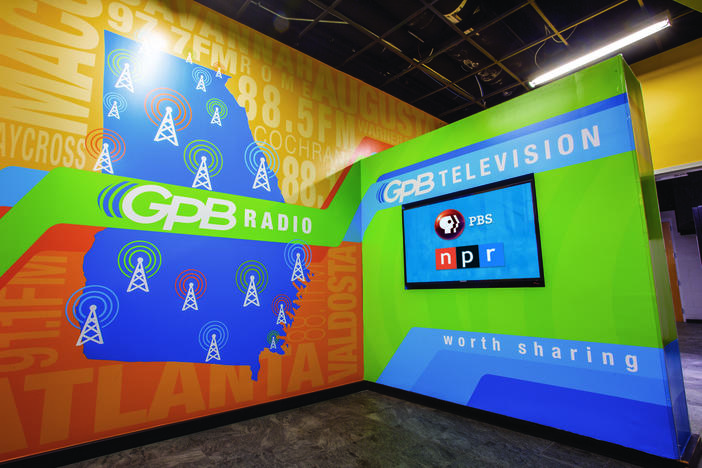Section Branding
Header Content
The Supreme Court adds affirmative action to its potential hit list
Primary Content
With the court already having heard arguments this term on abortion and guns, this case marks yet another politically charged issue that threatens to uproot decades of legal doctrine.
Transcript
ARI SHAPIRO, HOST:
Today, the U.S. Supreme Court added affirmative action in higher education to its potential hit list. The court has agreed to revisit more than four decades of decisions upholding the use of race as a factor in college and university admissions. NPR legal affairs correspondent Nina Totenberg reports.
NINA TOTENBERG, BYLINE: At issue are affirmative action programs at Harvard University and the University of North Carolina. Neither is expected to be heard until next term, likely in October. But with the court's new conservative supermajority expected to deliver major decisions on abortion and guns this spring, the affirmative action cases offer yet another politically charged opportunity for the new majority to uproot decades of legal doctrine. Both the Harvard and UNC cases were engineered by Edward Blum, a former financial adviser who similarly spearheaded a challenge to the 1965 Voting Rights Act, succeeding in gutting the law. Now, in the affirmative action cases, Blum contends that the schools' admission policies violate the nation's civil rights laws, and in the UNC case - because it's a state school - that it violates the Constitution's guarantee to equal protection of the law. As Blum notes, polls indicate that 3 out of 4 Americans are opposed to the use of race in college admissions.
EDWARD BLUM: This includes majorities of Hispanics, majorities of African Americans and majority of Asians.
TOTENBERG: Both lawsuits, however, are hinged on the claim that the schools discriminated against Asian American students, a claim that the lower courts found had scant evidence to support it. Currently, the freshman class at Harvard is roughly 26% Asian American. And at UNC, it's 21%. While the number of Asian Americans in the United States has grown dramatically over the last decade, they still comprise just 7.2% of the population. UCLA Professor Mitchell Chang, who testified as an expert witness in the UNC case, observes that the stereotypical vision of an Asian student working harder than other students has some merit, but largely for first-generation students whose families have immigrated to the United States.
MITCHELL CHANG: So those who have been around longer - let's say, the Japanese Americans - if you look at their academic records, they tend to be more like whites than their first-generation Asian American counterparts.
TOTENBERG: Blum concedes that when his organization sued Harvard, only one Asian student had joined his cause. Now there are dozens and dozens, he says. But many Asian American student organizations are opposing the lawsuit. There is considerable irony in the suit against Harvard. Since 1978, the Supreme Court has repeatedly upheld limited affirmative action in college admissions. Indeed, from the get-go, the court has cited Harvard University's system as a constitutional model because it looks at each applicant holistically and uses race as one of many so-called plus factors. Among the others are that an applicant is a football or hockey player, or a musician or actor, or that the applicant is a legacy student, the son or daughter of alumni. But in each of the court's decisions upholding affirmative action in higher education, the controlling opinion was authored by a traditionally conservative justice. None of those, however, remain on the court, while three of the dissenters do - Chief Justice John Roberts and Justices Thomas and Alito. And those three have now been joined by three Trump appointees.
Nina Totenberg, NPR News, Washington.
(SOUNDBITE OF MUSIC) Transcript provided by NPR, Copyright NPR.
